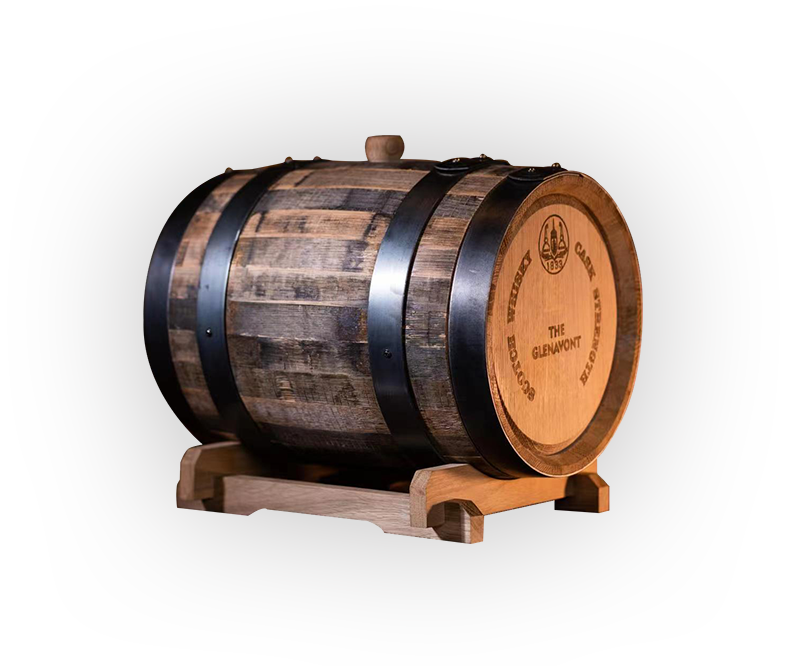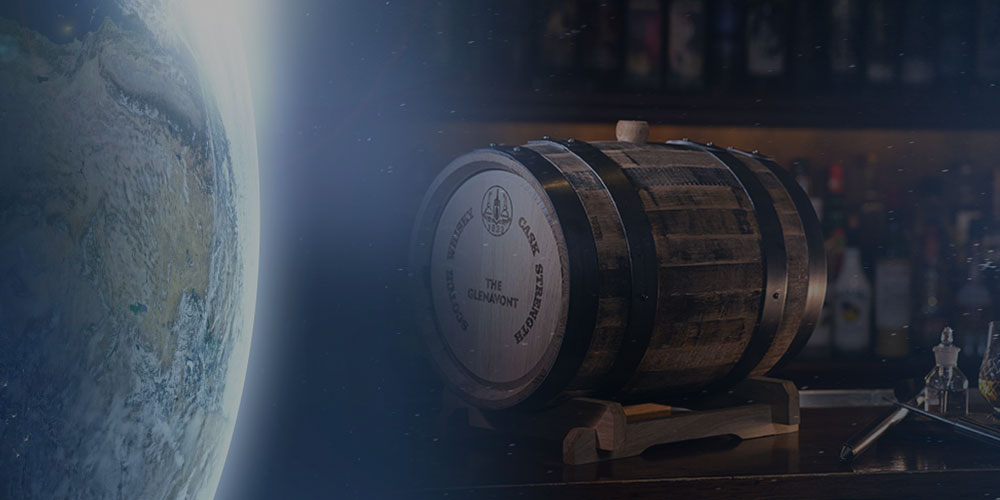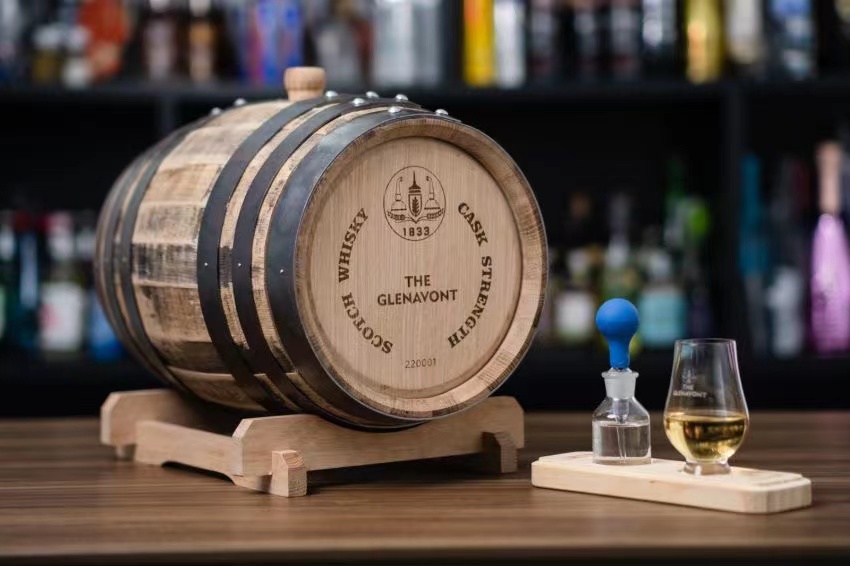




There are many varieties of Scotch whisky, which can be divided into three categories according to different raw materials and brewing methods: single malt whisky, grain whisky and blended whisky.

1. Pure malt Whisky
A distilled spirit made from only barley is called single malt whisky. Pure malt whisky is made of barley malt roasted on open-air peat, distilled in a pot still, generally after two distillations, the alcohol content of the liquor obtained after distillation reaches 63.4 degrees, and it is burned in special charcoal. Aged in oak barrels and diluted with water before bottling. This wine has a rich aroma produced by peat. According to regulations, the aging time is at least three years. Generally, the wine aged for more than five years can be drunk. The wine aged for seven to eight years is the finished wine, and the wine aged for ten to twenty years is the best quality wine. The quality of wine that has been aged for more than 20 years will decline. Single malt whisky is loved by Scots, but due to its strong taste, only 10% of it is sold directly, and about 90% of it is used as the original wine for blending and blending whisky. So it is rarely exported. Famous brands are: Glendona, Ben Normanck
2. Grain Whisky
Grain whisky uses a variety of grains as raw materials for brewing, such as oats, rye, barley, wheat, corn, etc. Grain whisky only needs one distillation, and it is mainly produced with unmalted barley as raw material and malt as saccharifying agent. The difference between it and other whiskies is that most of the barley is not fermented and fermented. Because most of the barley is not germinated, it is not necessary to use a lot of peat for baking, so the peat aroma of the grain whisky after drinking is correspondingly less, and the taste is much softer and more delicate. Grain whisky is mainly used for blending other whiskies and gins and is rarely retailed in the market.
3. Blended Whisky
Duihe whisky, also known as blended whisky, refers to the blending of single malt whisky and grain whisky. Blending is a highly technical job, and the blending and blending of whisky is mastered by the blender. When blending, not only the proportion of pure malt whisky and grain whisky, but also other characteristics such as age, origin, taste, etc. of various blended liquors must be considered.
The first step in blending and work is blending. When blending, the technicians only use the nose to smell, never taste. When you are confused, smear the wine on the back of your hand and smell it carefully for identification. The second step is blending, and the blended dosage formula is confidential. The different varieties are poured into the mixer (or through high-pressure spray) according to the dosage, and then the coloring agent (mostly caramel) is added, and finally it is aged and stored in the barrel. The smokiness of the blended whisky is diluted and the smell is more attractive. It combines strong malt and fine grain aroma, so it is sold all over the world. According to the proportion of single malt whisky and grain whisky, the blended whisky is divided into two types: ordinary and advanced according to the proportion of pure malt whisky in its liquor. Generally speaking, if the amount of single malt whisky is 50-80%, it is a high-end blended whisky; if the grain whisky accounts for a large proportion, it is an ordinary whisky.
The vast majority of whisky sold worldwide is blended. The common packaging capacity of Scotch blended whisky is between 700ml and 750ml, and the alcohol content is around 43°.

TEL:4006569976
WECHAT:THE GLENAVONT
Copyright GLENAVONT CO.,LTD All Rights ReservedKEEP ON RECORD :鲁ICP备xxxxxx号-xTECHNOLOGY :DaauuSITEMAP


